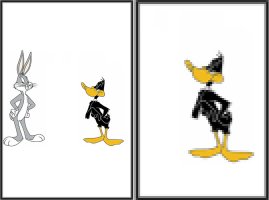If Canon did bring out an APS-C, given their past record with the M6II and 90D, I think it is actually quite likely that they would have a 32+ Mpx sensor because they like trumping other companies with higher resolution when they can. They have proved they can get adequately fast data acquisition and transfer with the R5, and the M6II and 90D sensors are pretty good. I am actually doing well enough to my satisfaction with the R5 that has 17 Mpx in crop mode.I never claimed speaking for everyone. Canon doesn't have to match the 90D's density, exactly because there are customers like you who could live with 20MP.
Upvote
0


